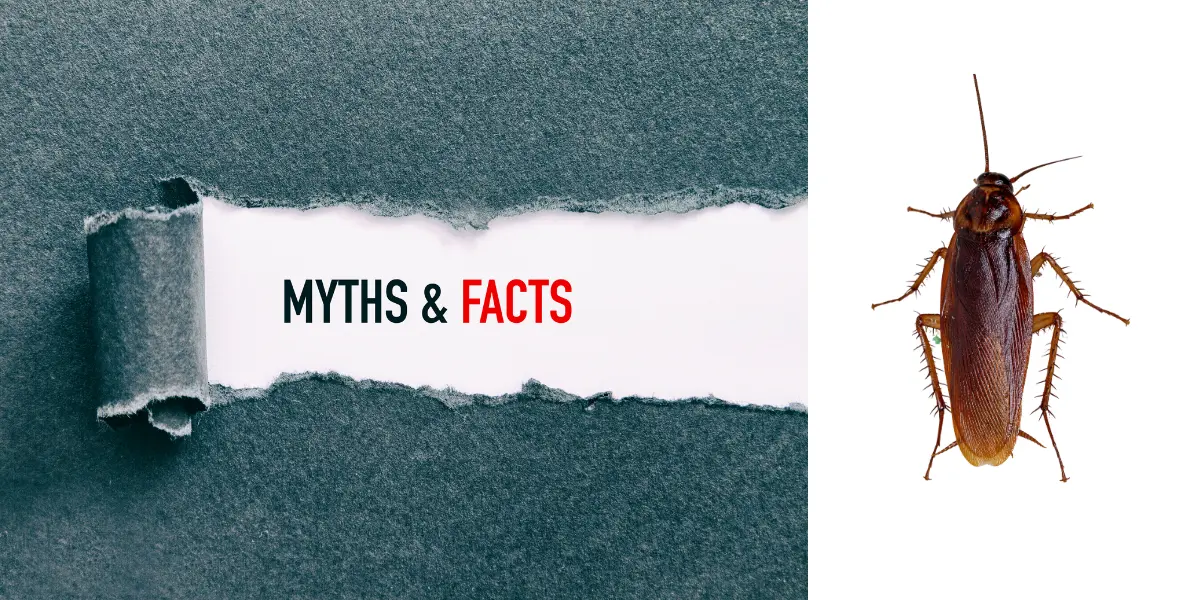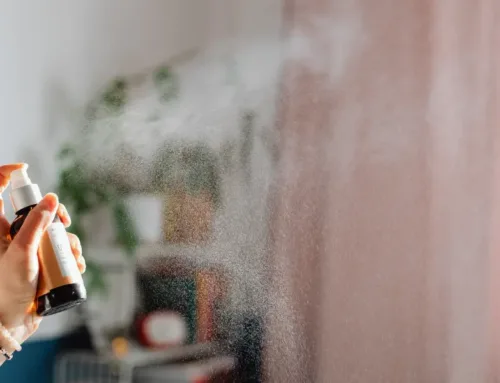One of the most widespread domestic pests in the world is the cockroach, but the roach is always surrounded by half-truths and exaggerated tales. Since it has been argued that they are indestructible, it has been believed that only dirty houses attract them; misinformation usually breeds fear instead of practical suggestions. In order to address these unpleasant guests, one has to distinguish between myth and truth and find out the facts about cockroaches. The knowledge of what attracts cockroaches inside homes will allow house owners to avoid infestations and to take better care of their homes.
Myth 1: Cockroaches Only Infest Dirty Homes
A clean kitchen is not a guarantee against cockroaches. Although they do multiply where crumbs and spills are not controlled, food is not the only source of attraction. Their survival also depends on warmth, moisture, and shelter. It is an indication that even a carefully maintained apartment can be a target in case of leaking pipes, damp cellars, or unorganized storage space. Cockroaches are opportunistic; they take advantage of any environment that has water, food, and shelter.
Myth 2: Cockroaches Are Impossible to Kill
The next myth that is one of the most popular is that cockroaches are invincible. The fact is that they are not immortal but strong. They can go weeks without eating, they can even go without their heads a little, but they are not above specific pest control measures. Integrated pest management methods coupled with good sanitation and sealing of entry points are effective as far as modern methods and treatment of pests are concerned. Incidents of infestation can be eradicated, though perhaps with some perseverance.
Myth 3: Cockroaches Bite People Regularly
Cockroach biting on humans is frequently exaggerated. As a matter of fact, these insects would rather scavenge than bite. An extreme situation may only occur in cases where food is limited, and infestations are high, where cockroaches may chew on fingernails, eyelashes, or skin. This is very uncommon, and the majority will never suffer a cockroach bite in their lives. What is even more worrying is what kind of pathogens they carry when they leave dirty places and go to human food supplies.
Myth 4: Chemicals Are the Only Solution
Many assume that harsh chemicals are the only way to get rid of cockroaches. While chemical treatments are sometimes necessary, they are far from the only option. Cockroach control has evolved to include eco-friendly methods such as baiting systems, traps, and targeted treatments that minimize risk to people, pets, and the environment. A combination of prevention and treatment tailored to a property’s needs is the most effective approach.
Myth 5: Cockroaches Mean You’ll Never Be Pest-Free Again
A cockroach sighting can make homeowners feel like their battle is hopeless. However, infestations can be controlled and eliminated with the right strategies. Fixing water leaks, storing food properly, sealing cracks, and maintaining a clutter-free environment all reduce the chances of cockroaches returning. Once you understand the conditions that attract them indoors, prevention becomes far more manageable.
The Real Factors That Attract Cockroaches Indoors
So, what really lures these pests into homes and businesses? It comes down to three primary needs: food, water, and shelter. Cockroaches are scavengers by nature, feeding on everything from crumbs and grease to pet food left overnight. Moisture sources, such as dripping faucets and condensation, provide hydration. Lastly, they thrive in hidden, undisturbed areas like under appliances, inside cabinets, or behind wall voids. Even seemingly minor oversights like leaving dirty dishes in the sink can send an open invitation to these insects.
Health Risks Associated with Cockroaches
Beyond being unsettling, cockroaches pose serious health risks. They are known carriers of bacteria such as E. coli and Salmonella, which can contaminate food and kitchen surfaces. Their droppings, saliva, and shed skins can also trigger allergies and worsen asthma symptoms, particularly in children. This makes cockroach control not only a matter of comfort but also an essential step in safeguarding household health.
How to Reduce Your Risk of Infestation
Eliminating attractants is the first line of defense. Regularly cleaning kitchens, promptly disposing of garbage, and repairing leaks go a long way toward making your home less inviting. Storing dry goods in sealed containers and vacuuming often further limits access to food sources. Sealing gaps around doors, windows, and plumbing helps block entry points. By combining preventive measures with timely pest control, households can stay ahead of potential infestations.
Conclusion
Cockroaches are survivors, but they are not invincible. By replacing myths with facts, it becomes easier to identify the real reasons these pests find their way indoors. Cleanliness helps, but moisture, warmth, and hidden shelter spots are equally powerful attractants. With informed prevention strategies and professional help from ASM Pest Control when needed, it is entirely possible to live roach-free. Understanding the truth behind cockroach facts is the key to long-term protection and peace of mind.
FAQs
- Do cockroaches only live in dirty environments?
No, even clean homes can attract cockroaches if they provide water, warmth, and shelter. - Can cockroaches survive without food or water?
They can survive weeks without food, but they need water more frequently, which is why leaky pipes and damp areas are major attractions. - Are cockroach infestations dangerous to health?
Yes, they can spread bacteria like Salmonella and trigger allergies and asthma. - What’s the fastest way to get rid of cockroaches?
A combination of sanitation, sealing entry points, and professional pest control provides the most effective results. - How do I prevent cockroaches from coming back?
Keep your home dry, store food in sealed containers, take out trash regularly, and fix structural gaps where they might enter.






